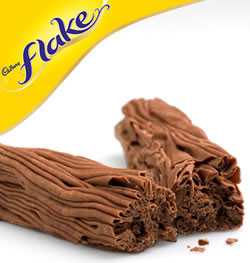Planning/Research: We watched a YouTube video about the puzzle and also searched up on Google what it looks like. We also had to plan before we made it.
Drawing: Before we drew on the timber we first practiced the measuring on paper.
When we transferred the measurements onto the timber, all of the measurements were the same except for some parts of it like measuring the things we were gonna cut we used one of the pieces of timber for perfect measurements. We also drew lines across the piece of timber to find the very middle of it. We also used the timber to find the middle of our timber. We used a try square for straight lines.
How did you make it?
1. Researching it so we know what it looks like.
2. Practicing drawing on paper.
3. Transferring the measurements onto the piece of timber/wood.
4. Using the chisel, drill and radial saw we made our pieces.
5. We made sure that all the pieces fit together if they didn't then we had to make some changes and if they did then we were good to go.
6. Using sandpaper we made sure that our pieces were smooth.
7. We coated our pieces with polyurethane to make our pieces stronger and last longer.
Outcome:
7. We coated our pieces with polyurethane to make our pieces stronger and last longer.
Outcome:










